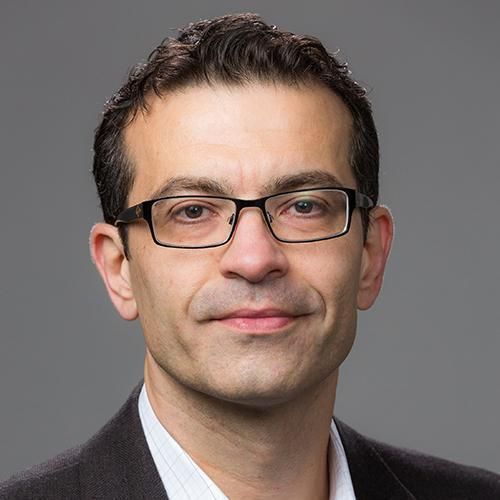Generation and customization of biosynthetic excitable tissues for electrophysiological studies and cell-based therapies.
We describe a two-stage protocol to generate electrically excitable and actively conducting cell networks with stable and customizable electrophysiological phenotypes. Using this method, we have engineered monoclonally derived excitable tissues as a robust and reproducible platform to investigate how specific ion channels and mutations affect action potential (AP) shape and conduction. In the first stage of the protocol, we combine computational modeling, site-directed mutagenesis, and electrophysiological techniques to derive optimal sets of mammalian and/or prokaryotic ion channels that produce specific AP shape and conduction characteristics. In the second stage of the protocol, selected ion channels are stably expressed in unexcitable human cells by means of viral or nonviral delivery, followed by flow cytometry or antibiotic selection to purify the desired phenotype. This protocol can be used with traditional heterologous expression systems or primary excitable cells, and application of this method to primary fibroblasts may enable an alternative approach to cardiac cell therapy. Compared with existing methods, this protocol generates a well-defined, relatively homogeneous electrophysiological phenotype of excitable cells that facilitates experimental and computational studies of AP conduction and can decrease arrhythmogenic risk upon cell transplantation. Although basic cell culture and molecular biology techniques are sufficient to generate excitable tissues using the described protocol, experience with patch-clamp techniques is required to characterize and optimize derived cell populations.
Duke Scholars
Altmetric Attention Stats
Dimensions Citation Stats
Published In
DOI
EISSN
ISSN
Publication Date
Volume
Issue
Start / End Page
Related Subject Headings
- Patch-Clamp Techniques
- Mutant Proteins
- Ion Channels
- Humans
- Fibroblasts
- Electric Stimulation
- Cells, Cultured
- Cell Engineering
- Bioinformatics
- Action Potentials
Citation
Published In
DOI
EISSN
ISSN
Publication Date
Volume
Issue
Start / End Page
Related Subject Headings
- Patch-Clamp Techniques
- Mutant Proteins
- Ion Channels
- Humans
- Fibroblasts
- Electric Stimulation
- Cells, Cultured
- Cell Engineering
- Bioinformatics
- Action Potentials

